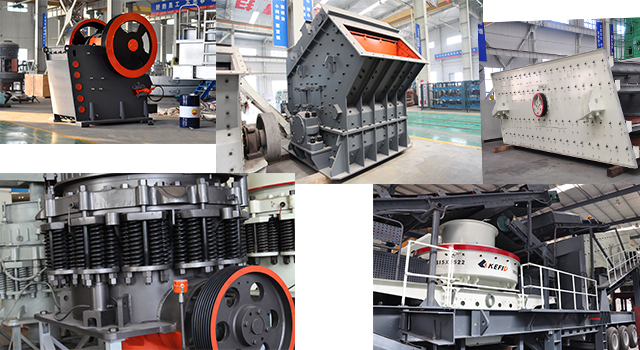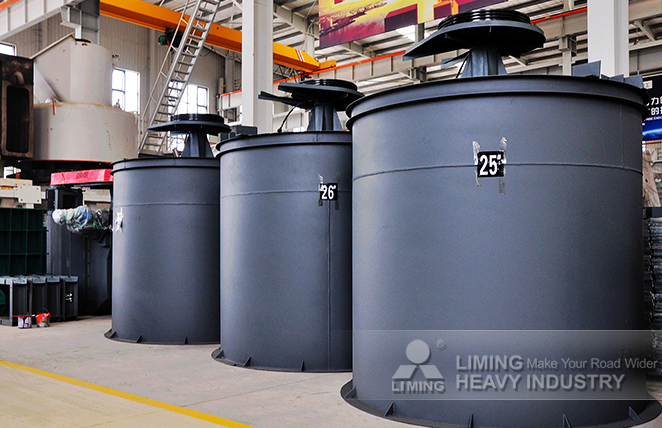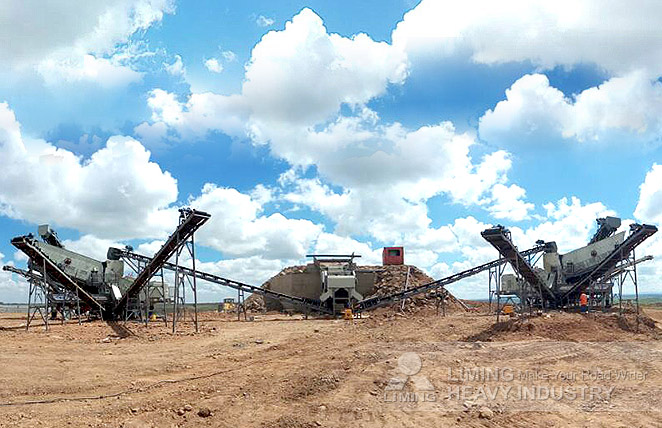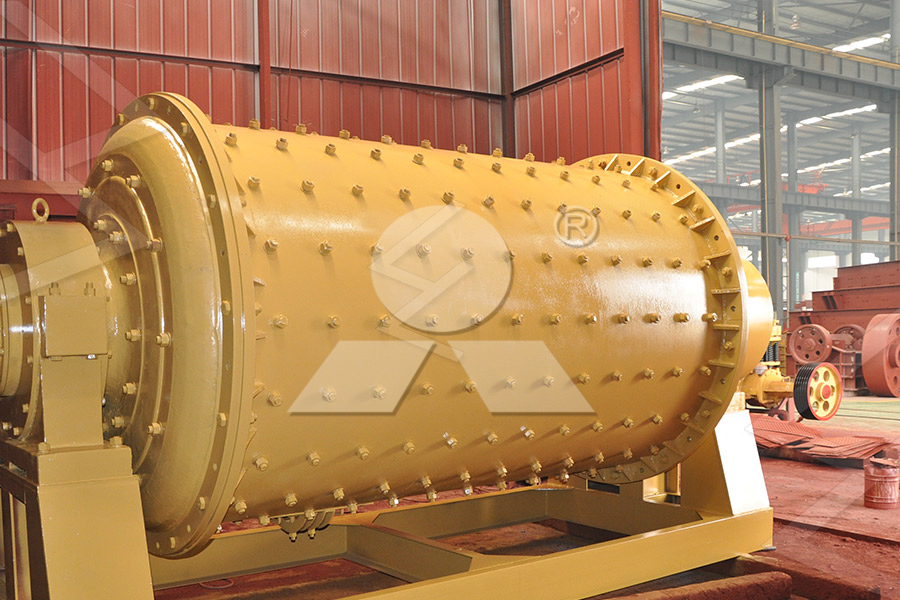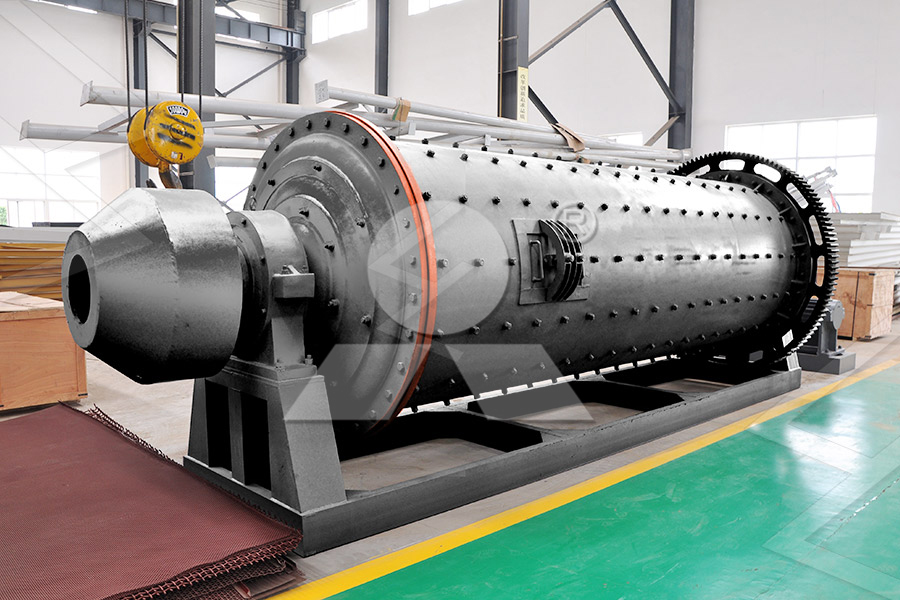Generally, the crushing process of basalt can adopt three-stage crushing process or four-stage crushing process.
Three-stage crushing process:
Basalt is an excellent aggregate of sand and gravel, and three-stage crushing process can reduce production cost.
For samll and medium-sacled basalt crushing production line, the crushing prcess usually adopts the process configuration of two-stage jaw
cursher+impact crusher. Two stage jaw crusher can reduce the particle size of basalt to 60mm, and the third stage impact crusher will conduct
shaping and crushing, so as to achieve the crushing effect of excellent particle size and low wear cost.
For large-sacled basalt crushing production line, the crushing process can adopt the process configuration of jaw crusher +cone crusher+impact
crusher. The cone crusher can control the particle size of basalt to 50mm, and the third level impact crusher can conduct shaping and crushing.
The power consumption and wear cost of cone crusher are relatively low, but the investment cost is relatively high.
